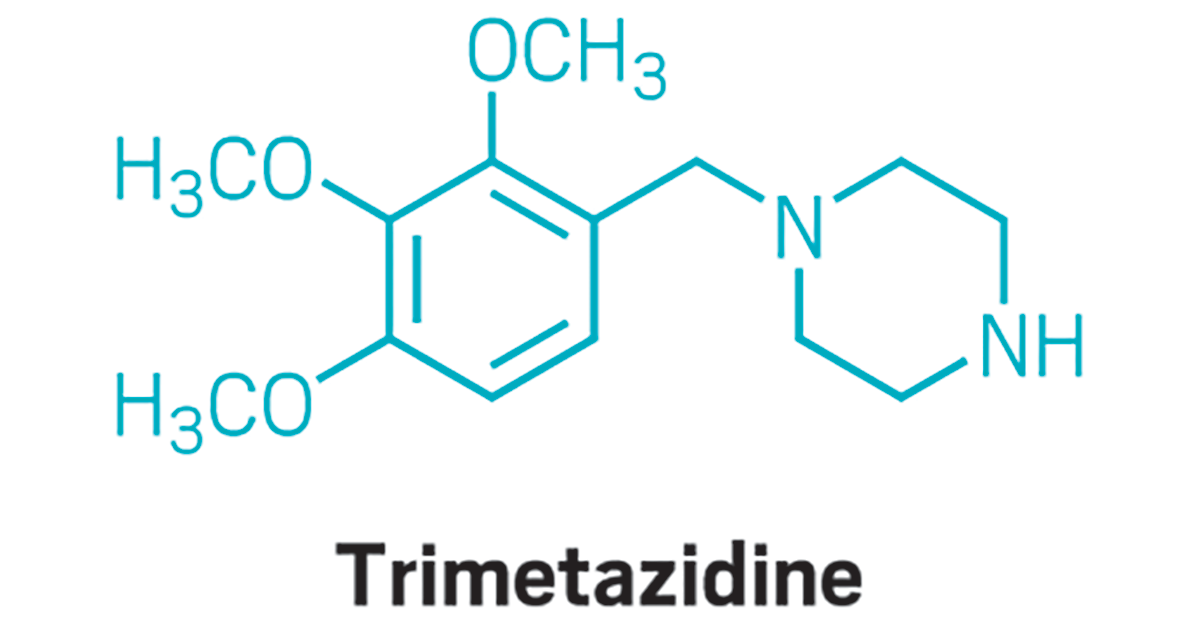Advertisement
Grab your lab coat. Let's get started
Welcome!
Welcome!
Create an account below to get 6 C&EN articles per month, receive newsletters and more - all free.
It seems this is your first time logging in online. Please enter the following information to continue.
As an ACS member you automatically get access to this site. All we need is few more details to create your reading experience.
Not you? Sign in with a different account.
Not you? Sign in with a different account.
ERROR 1
ERROR 1
ERROR 2
ERROR 2
ERROR 2
ERROR 2
ERROR 2
Password and Confirm password must match.
If you have an ACS member number, please enter it here so we can link this account to your membership. (optional)
ERROR 2
ACS values your privacy. By submitting your information, you are gaining access to C&EN and subscribing to our weekly newsletter. We use the information you provide to make your reading experience better, and we will never sell your data to third party members.
Analytical Chemistry
Tattoo inks may not be what the label says they are
Discrepancies could pose a safety risk for people getting tattoos
by Krystal Vasquez
March 11, 2024

In a new study analyzing 54 tattoo inks sold in the US, researchers found that 45 contained pigments or additives that manufacturers did not list on the ingredient label (Anal. Chem. 2024, DOI: 10.1021/acs.analchem.3c05687). The unlisted compounds include propylene glycol, polyethylene glycol, and 2-phenoxyethanol—ingredients that could cause allergic reactions or other adverse health effects.
John Swierk, one of the study’s authors and a chemistry professor at Binghamton University, says the findings suggest an issue with labeling accuracy across the US tattoo ink market. The discrepancies could pose a safety issue for some people who get tattoos.
“If there are unlisted things in there and people are having problems, it makes it harder to understand where those problems may be coming from,” he says.
Tattoo inks in their simplest form are pigments suspended in a carrier package typically made of alcohol and water. Inks can also contain additives like glycerin, which manufacturers use to adjust viscosity.
However, there’s no guarantee that the pigments and additives that make up the ink match what’s on the ingredient label. Historically, tattoo inks were unregulated in the US. Only with the passage of the Modernization of Cosmetics Regulation Act in 2022 was the US Food and Drug Administration given authority to recall ink products, require reporting for adverse effects, and require ingredient labeling to be updated yearly.
“For the first time, the FDA is obligated to look into tattoo inks in terms of labeling,” Swierk says.
But to regulate tattoo inks, the FDA needs to understand what’s in them. Swierk and his team analyzed 6 colors of ink from 9 ink manufacturers believed to be representative of the US market and found major labeling discrepancies for all but one company.
Around half the inks included, but did not list, polyethylene glycol, which some studies have classified as an organ toxicant. Similarly, 15 inks had unlabeled propylene glycol, which received the Allergen of the Year title in 2018 by the American Contact Dermatitis Society. And three labels listed ingredients that weren’t found during the analysis.
A missing ingredient is not a major health concern, Swierk says, but “from an accurate labeling and manufacturing standpoint, it still represents a failure of the process.”
After the study was published, the trade group Alliance of Professional Tattooists (APT) posted a response video. In it, Ben Shaw, a professional tattoo artist and APT board member, notes that many of the unlisted ingredients found in the study are also in food and medications, usually at much higher levels. Propylene glycol, for example, is a food additive found in products like frosting.
Because tattoo artists inject ink into the dermal layer of the skin, they raise special health considerations that merit research, Shaw acknowledges. But “as of right now, there is no health crisis with having tattoos in our body,” he says.
Swierk notes that prior research found pigment particles in lymph nodes. People assume that the ink carrier package drains away shortly after entering the skin, but “we don’t really know that,” he says. “It is, realistically, something that is still a bit of an open question.”
Swierk’s team provided the study to the FDA. In an email, an FDA spokesperson confirms that the agency is aware of the publication but says the agency does not comment on individual studies. The spokesperson adds that the FDA recommends consumers and health-care providers report adverse reactions from tattoos to MedWatch, the agency’s problem-reporting program, or to an FDA consumer complaint coordinator.
Swierk says the study is not meant to discourage people from getting tattoos but rather to help make the tattoo industry safer. “We have no problem with people getting a tattoo,” he says. “We just think that you have a right to know what you’re putting in your skin.”



Join the conversation
Contact the reporter
Submit a Letter to the Editor for publication
Engage with us on Twitter